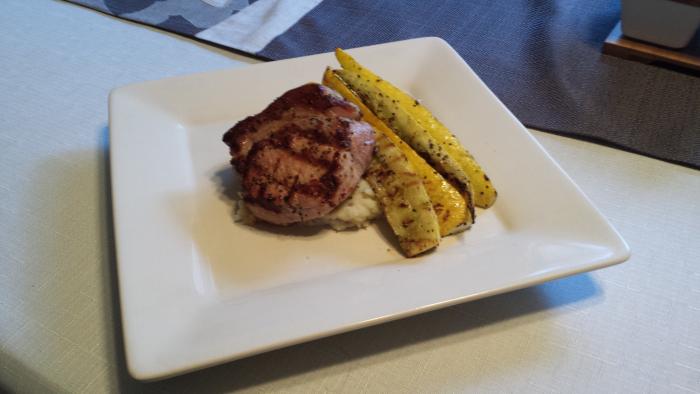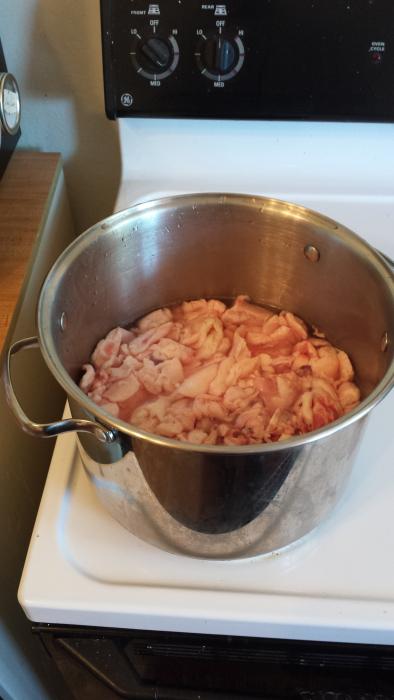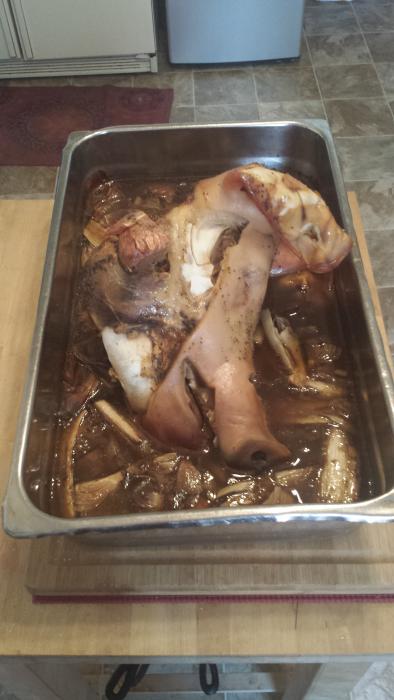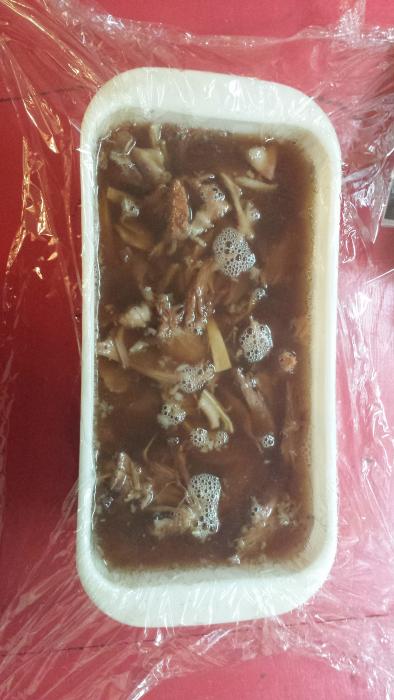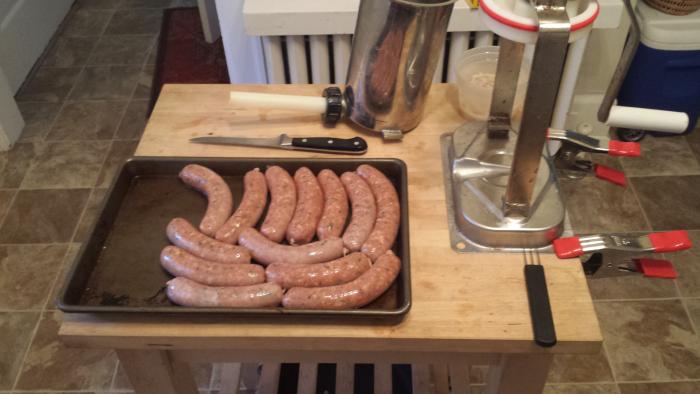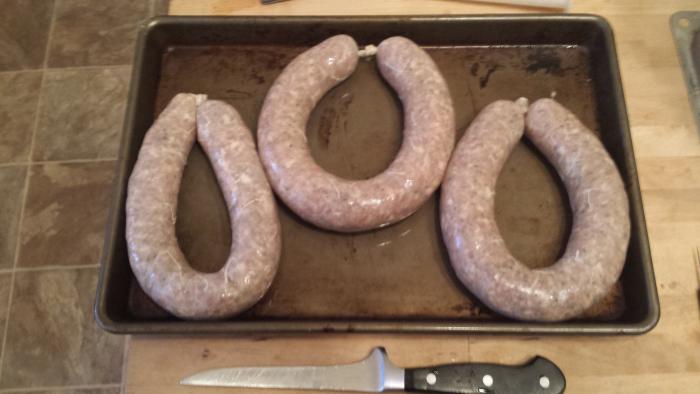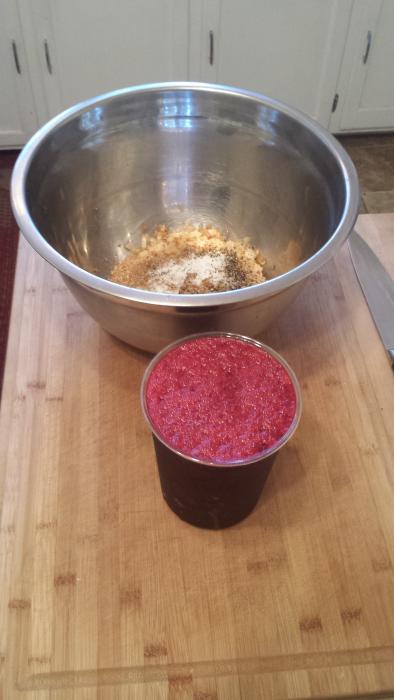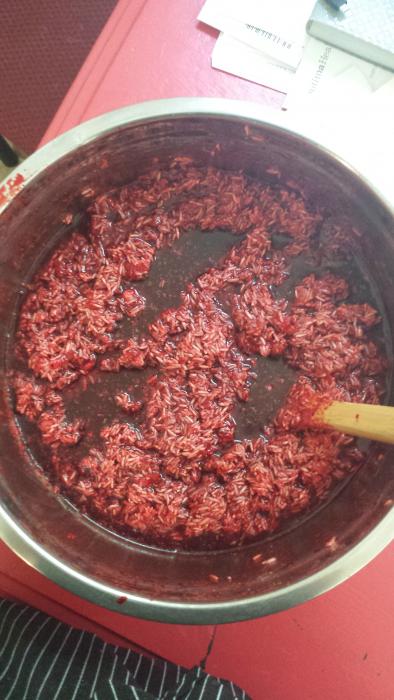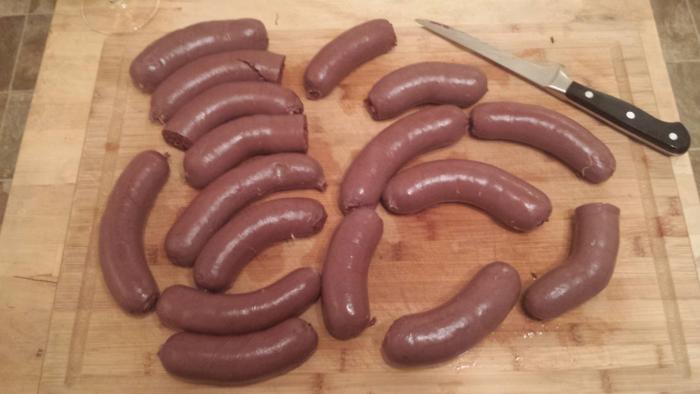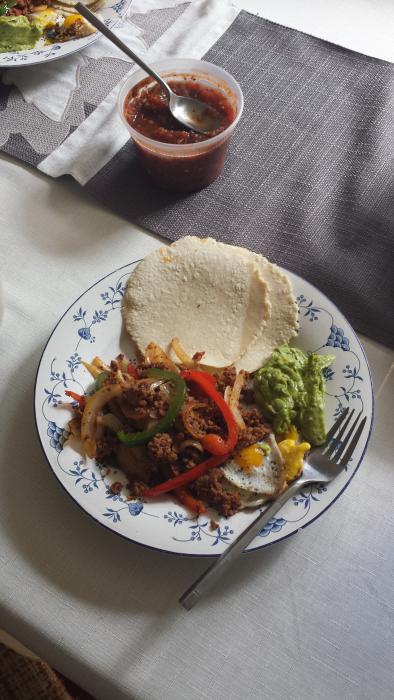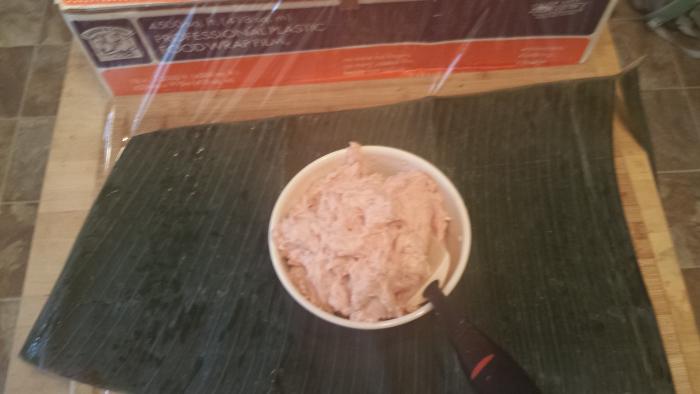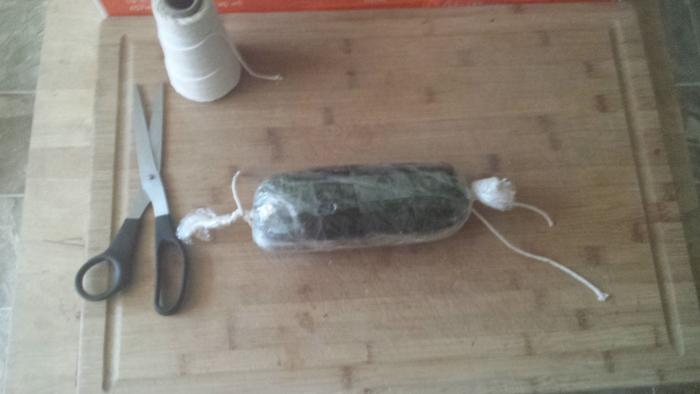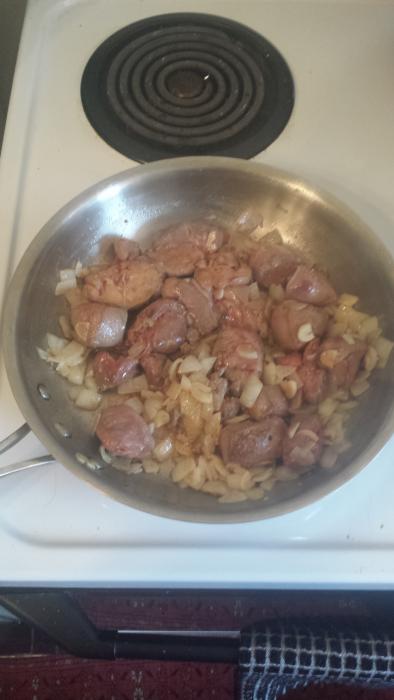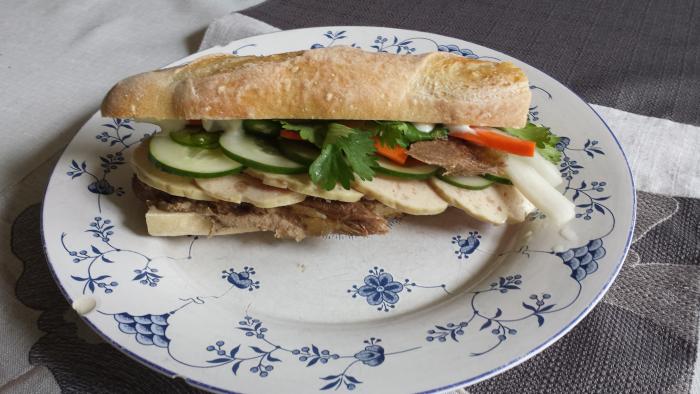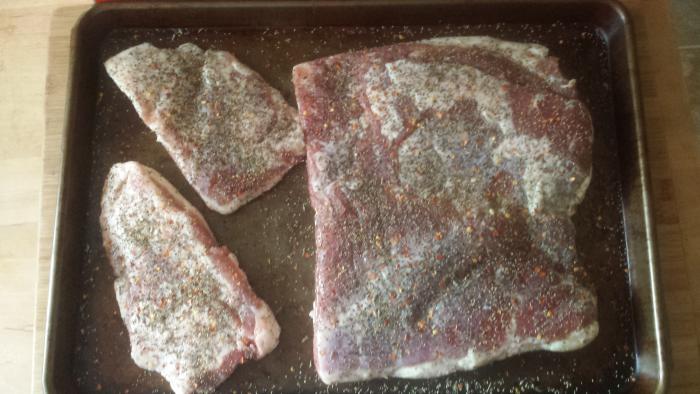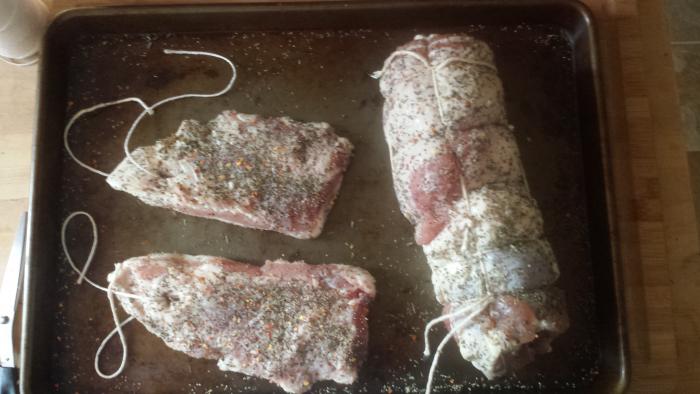There are a few different ways to cure, hang, and smoke a country ham. In Virginia, we are rightfully proud of what I'll call a "Smithfield style" country ham, after the biggest company that makes them. A Smithfield ham is cured with salt, sugar, and sodium nitrate, cold smoked, and then hung in a low humidity environment until it is completely dried out. When you want to eat it, it has to be soaked in water for a couple of days to rehydrate it and rinse out the excess salt, and then cooked. I already have one of these hanging in my basement, and I'm way more into raw hams anyway, so I'll be making what I call a "Benton's" style ham after the most notable producer of this style. If you haven't ever had Allan Benton's country ham or bacon, you are living in an empty and meaningless world, devoid of true joy and happiness. Go here
http://shop.bentonscountryham.com/ immediately, change your life, and thank me later. The cool thing about Benton's hams, is that they are aged more like a Proscuitto or Iberico ham, so they can (and should) be eaten thinly sliced and raw. The process for making these hams is curing, cold smoking, hanging in a high humidity environment from six months to however long you can stand to wait, and cold smoking again. I made the following cure:
300g kosher salt
150g brown sugar
15g cure#2 (sodium nitrate)
20g coarse black pepper
I rubbed as much of the cure into the skinned ham as it would hold, especially around the ball of the femur and the exposed shank. then I put it in a pan, covered it, and put the pan with the curing bellies and jowls on top of it to weigh it down. I will flip it and drain off the liquid ever couple of days, apply another round of cure at the halfway point, and let it cure for two days for every pound of green weight. 10.5# ham = 21 day cure.

